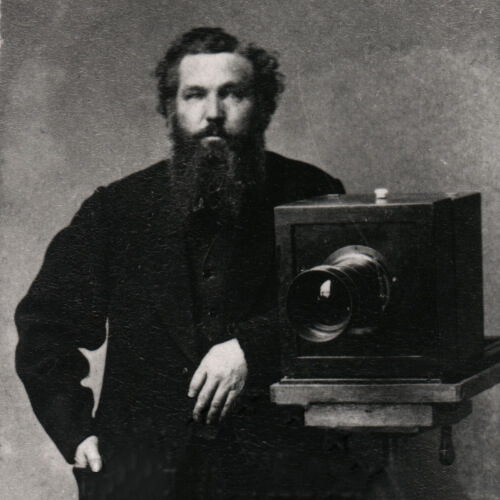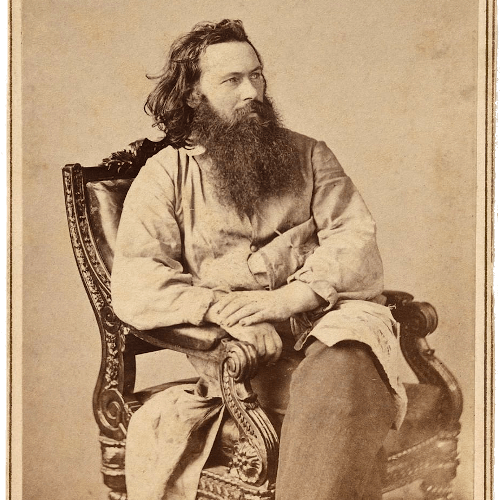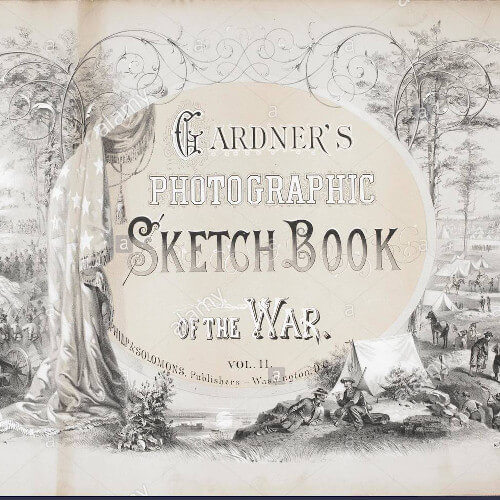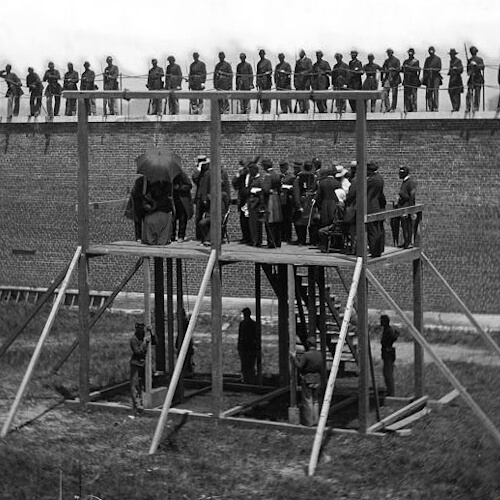Civil War Era Photography
Exploring famous photographers and camera technology of the Civil WarAlexander Gardner
Alexander was a Scottish photographer. He immigrated to the United States in 1856, where he continued his photography. After he settled down, he established himself as a full-time professional in photography. His most famous works are photographs from the Civil War, President Lincoln and the execution of those involved with Lincoln’s assassination.
Early Life
Alexander Gardner was boring in 1821 in Scotland. At the age of 14, he became an apprentice jeweler. In 1850, Gardner and his brother travelled to the United States to establish a community in Iowa. After his trip, he purchased the Glasgow Sentinel which became the second largest newspaper in the city of Glasgow. In 1851, Gardner met famous photographer Mathew Brady in London. After this encounter, Gardner started experimenting more with his own photography. In 1856, Gardner immigrated to the United States. After arriving he found employment as a photographer with Mathew Brady. But as Brady got older, Gardner was put in charge of more responsibilities.
Civil War Photography
In 1861, there was a need for portrait photography since soldiers heading off to war wanted to leave a photo behind with their loved ones. Brady and Gardner worked together and created hundreds on images of the soldiers. After the battle at Manassas, Brady wanted to take photographs to record the war that was happening around them. Mathew Brady sent out around 20 of his photographers to capture the war including Gardner. Gardner captured the aftermath of the bloodiest battle of the war, Antietam. He became the first of Brady’s photographers to capture the dead in 1862. In 1863, Gardner left Brady and started his own photography business. He created a new photographic technique called the stereograph. After following General McClellan for the first years of the war, Gardner followed other generals of the Union army during battle and got photographs that most were not able to get.
Post War
In 1866, Gardner published a two-volume work. Each work contained 50 original prints from the war. However, some of the photographs were not his so Gardner cited the negative producer and the positive print printer. Gardner took photographs of Lincoln’s funeral procession across America. He was commissioned to take photographs of Native Americans who went to Washington D.C. to discuss treaties for different issues. He also was commissioned to photograph the construction of the Union Pacific Railroad in Kansas as well as any Native American tribes he came across while doing so. From 1871 until his death in 1882, he founded and worked at an insurance company.
Lincoln’s Killers
One of the most noted works of Gardner was that he was the only photographer allowed at the execution of President Lincoln’s assassination conspirators. He took their portraits before execution. He then took photos of the hanging. Gardner became the first photographer to photograph the first execution of a woman by the United States Government. It is also rumored that Gardner took the only photograph of the corpse of John Wilkes Booth. However, the photograph has not appeared anywhere.
Fun Facts
Fast Fact #1
After the start of the Civil War, Gardner became one of the top 10 photographers for portraits. This is because of Mathew Brady and allowing for Gardner to take the photos.
Fast Fact #2
In 1861, General McClellan granted Gardner the honorary rank of Captain. This allowed for him to take photos of the aftermath of the Battle of Antietam. The photos were then posted in Brady’s gallery and the New York Times gave Mathew Brady credit for Gardner’s photos.
Fast Fact #3
One of his most famous photographs is the dead sharp shooter after the Battle of Gettysburg. However there is controversy around that photography. According to William Frassanito in 1975, Gardner and his assistants moved the body from down the hill about 40 yards away to where the famous photograph was taken. Gardner also staged where the musket and other items were in the photograph.
Fast Fact #4
Gardner had been known noted for taking the last photograph of President Lincoln, 5 days prior to his death. However, it was discovered that the photos were taken in February and not in April.
Learn More
Videos:
Vocabulary
Assassination: murder (an important person) in a surprise attack for political or religious reasons.
Stereograph: an image that uses two lenses capture two simultaneous photographs, and when seen through a viewer, the mind creates a three-dimensional image
Immigrate: come to live permanently in a foreign country.




